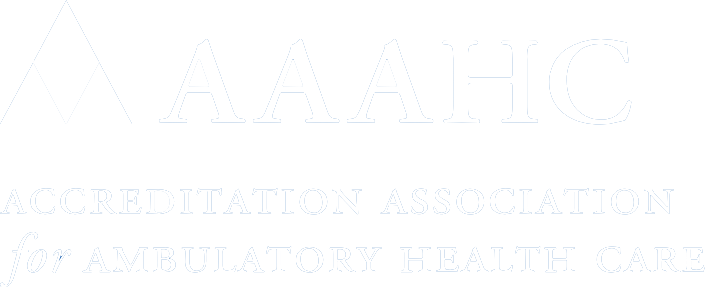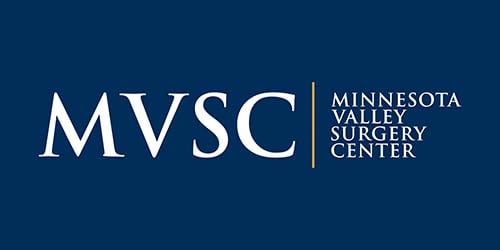Do You Have A Clavicle Fracture?
The clavicle is an important bone that supports the arm to the body. This thin yet durable bone runs across the shoulder, connecting the arm to the breast bone. A clavicle fracture, also known as a broken collarbone, is one of the more common shoulder injures. More than 4% of all broken bones are clavicle fractures. The injury is very painful and requires immediate treatment.

It all falls down
A physical injury is almost always the cause of a broken collarbone. A fall onto the shoulder or car accident can cause the bone to break. This can happen to nearly anyone at any age, particularly during sports. In most accidents, clavicle breaks happen when someone uses an outstretched arm to brace for a fall, causing the bone to snap. For instance, clavicle fractures are the most common injuries among cyclists falling off bikes.
Is it a fracture or just shoulder pain?
Clavicle fractures have specific symptoms compared to a shoulder bruise or sprain. Someone with a collarbone fracture will be unable to move the affected arm. The damaged shoulder and arm will also sag downward. Other symptoms include swelling, tenderness, and a bump at the break's location. A doctor will look for these symptoms during a physical exam and X-ray.
Treatment depends on the damage
Because of the collarbone's length, fractures can vary in both location and severity. Most breaks happen in the middle of the clavicle. However, there are instances where the bone can break near the ribcage or arm. The bone can break in multiple places or shift out of place. The type of treatment depends on the degree of damage and can be both surgical or non-surgical.
Keeping things in place
If a doctor believes that the bone can heal naturally, an arm sling can help. The sling will keep the arm in place and give the bone time to heal. The process will still be painful, so medication like NSAIDs will help. The patient will visit the doctor several times over the weeks to ensure that the bone is healing correctly. The bone must stay in position to avoid arm weakness and reduced range of motion in the future. Physical therapy will help the patient regain strength and flexibility.
Time for ORIF surgery
Surgery is necessary for multiple fractures or if the bone is too far out of place. Most patients receive an open reduction and internal fixation surgery (ORIF). With ORIF, an orthopedic surgeon will set the bones back into position. From there, the surgeon will then use metal screws, pins, or plates to hold the pieces in place. In the past, doctors completed ORIF using large incisions. Now, most ORIF procedures happen using minimally invasive techniques.
Recovery after surgery
Rehabilitation starts right out of the operating room. The bone will still feel painful and tender. Physical therapy and pain management can help while the bones heal. Over time, the shoulder becomes less painful, and the patient regains range of motion. The time to recovery is usually around 12 weeks. However, the timeframe may vary. If metal plates and screws were used, these stay in place indefinitely. However, if the surgeon used a pin, a second procedure is necessary to remove the device.
The right support for your fracture
Clavicle fractures can be painful, and the effects can last long after surgery. Some people report a slight decline in strength. Others still feel pain and see a small bump at the location of the break. Most cases will benefit from bracing, medication, and physical therapy. If the issue is severe, surgery is the best option. Get immediate medical help for a suspected broken collarbone as soon as possible.
Can Lower Back Pain Return After Spinal Surgery? 3 Lifestyle Changes To Get The Most Out Of Fusion
Minnesota Valley Valley Center2024-04-02T14:49:38-05:00April 15th, 2024|
Spinal surgery is an excellent solution for lower back pain, but symptoms can return. With lifestyle changes, patients can get the most out of fusion.
A New Lease On Life: Exploring How Robotic Total Joint Replacement Can Get You Active Again
Minnesota Valley Valley Center2024-03-24T17:38:47-05:00March 29th, 2024|
Robotic total joint replacement uses a robotic arm to replace the joint. This innovative approach allows a quick return to activities.
Restoring Dexterity: How Outpatient Carpal Tunnel Surgery Can Change Your Life
Minnesota Valley Valley Center2024-03-24T17:38:37-05:00March 15th, 2024|
After months of wrist and hand pain, carpal tunnel surgery may be needed. With outpatient options, restored dexterity with less pain and discomfort is possible.
More Articles from MVSC
April 15, 2024
Spinal surgery is an excellent solution for lower back pain, but symptoms can return. With lifestyle changes, patients can get the most out of fusion.
February 29, 2024
Rotator cuff tears can severely limit shoulder mobility. Surgery can relieve pain and improve mobility, allowing patients better reach.
January 15, 2024
Spinal conditions in the lower back may require a procedure called laminectomy. With MIS, patients have higher success rates.
December 21, 2023
Clavicle fractures are often treated non-surgically. The location and degree of damage can indicate whether collarbone surgery is needed.










